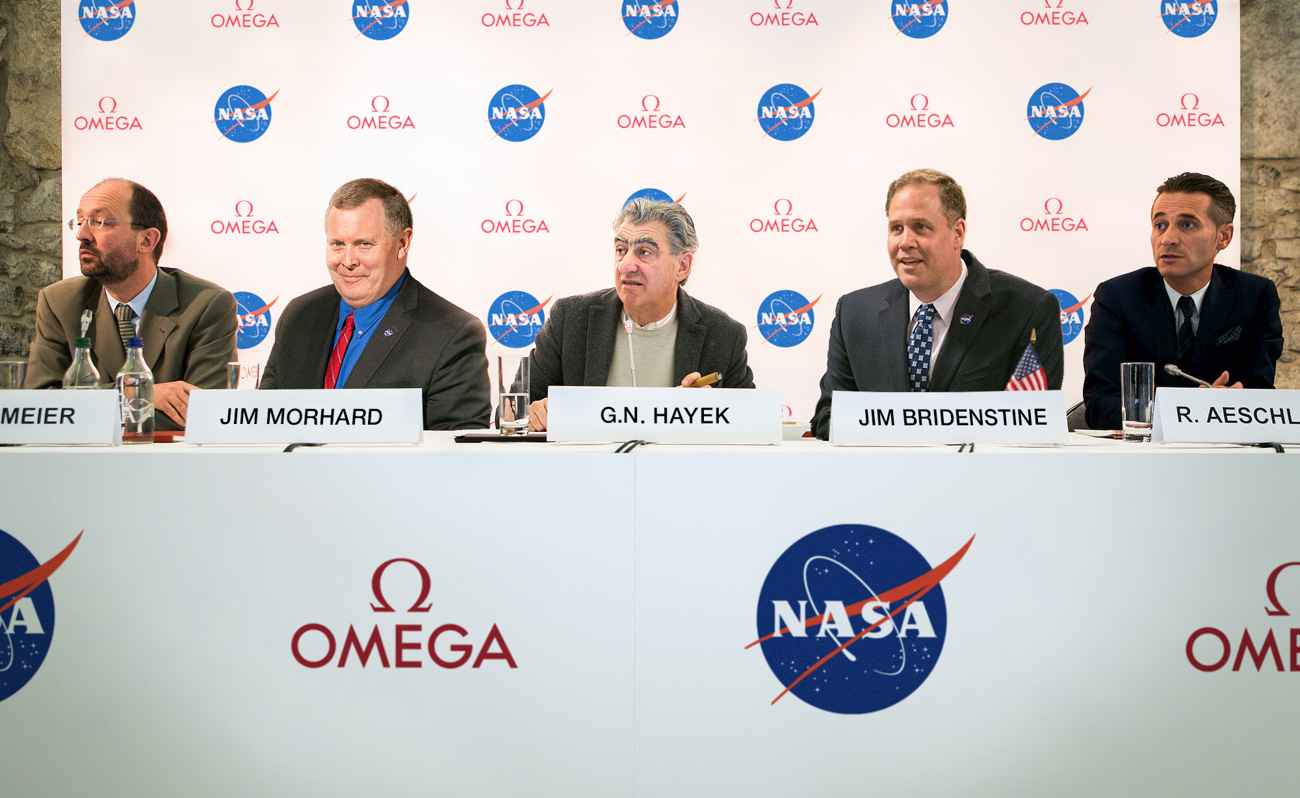
Biel, Switzerland. In a press conference jointly presented by the Swatch Group Chairman Nick Hayek Jr., the President and CEO of Omega Watches, Raynald Aeschlimann, and Senior Mission Command team members at NASA, the intention to launch a rocket to the moon in June 2019 with a novel mission was announced. The conference came less than a month after the Baselworld watch trade show, where Omega and the rest of the Swatch Group’s luxury timepieces makers were absent this year — a fact that set the mood for this moon-shot shocker. Mr. Hayek’s enthusiastic opening statement was simple: “Omega watches will finally return to the moon!” After a dramatic pause, Mr. Hayek resumed by adding, “Omega, as the true inheritor of the moon watch legacy, will absolutely solidify its status as the ‘moon watch…’ forever.”
The United States’ NASA made world history in 1969 when the Apollo 11 mission successfully landed a crew of astronauts on the surface of the moon. Several years earlier, the United States government put out a bid for wrist watch makers to submit chronograph timepieces that could survive the trip and prove an essential tool on the wrists of the astronauts both in the mission capsule and on the surface of the moon. Omega submitted its Speedmaster motorsports-themed timepiece as a candidate, and it was eventually selected as the official watch of the NASA Apollo missions.
In annals of wrist watch history, those timepiece models used and relied upon by professionals in demanding circumstances have obtained a legacy of demand unparalleled for consumers. Now 50 years after the original Apollo 11 moon landing, Omega still produces the “Omega Speedmaster Professional Moonwatch,” representing the same type of wrist watch worn by NASA astronauts. Original Omega Speedmaster watches that went to the moon have been priceless artifacts of space travel history – with an associated value of millions of dollars per timepiece. For decades consumers seeking the most emotionally appealing and seemingly invulnerable watches have included an Omega Speedmaster in their collections. At the same time, marketing experts in the luxury watch industry have warned that Omega’s strong connection to the Apollo Missions – while a wonderful and authentic story for consumers – is increasingly irrelevant for young consumers whose familiarity with the moon missions is feeble, at best. Omega has seemingly answered this problem by working closely with NASA to devise a moon landing mission for a new generation of audiences.
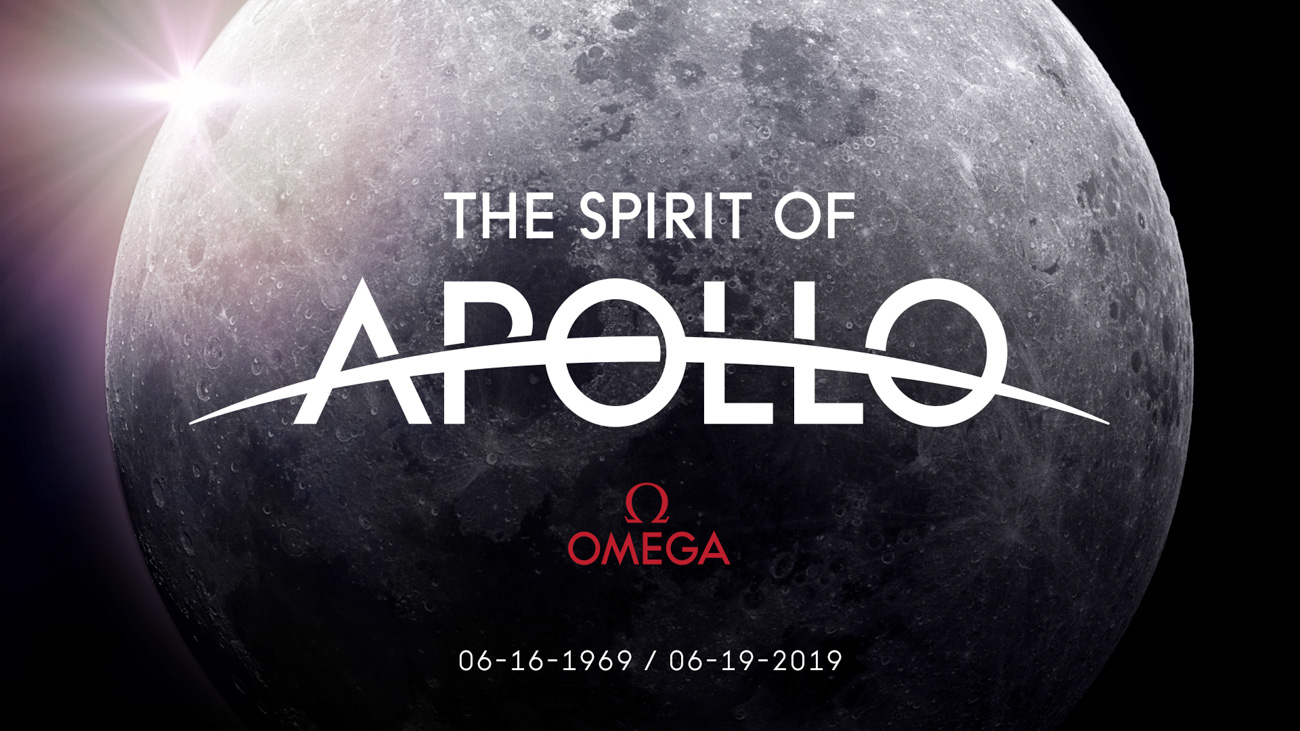
Glancing away from a prepared statement, Omega parent company the Swatch Group’s Chairman looked at a room full of journalists over the brim of his glasses to say, “This will be an unmanned mission in which the passengers will be Omega watches. A great number of them! Lend me your imaginations for a moment and envision a lunar sky full of Omega watches raining down upon the earth’s surface with the backdrop of earth in the sky. It will be beautiful!” Quizzical looks abounded as journalists hastily jotted down notes as the conference continued.
A member of the NASA team spoke next in a more sober tone adding, “NASA has been developing a new launch vehicle that we named “The Spirit Of Apollo,” designed to intermittently release small cargo items at intervals across a large geographic surface region. We designed this system to help deploy small autonomous drones that can work together to collect and share information about a planet’s surface – or that of our own moon. In the near future, planetary research teams cannot rely on one fallible device to complete mission objectives. Our own teams at NASA, and those across the world, are each developing leaner, smaller, less expensive, and more tactical drones, landers, and robots, in general, which we believe represent the future of pre-colonization extra-terrestrial planetary study. By landing thousands of mission instruments all over the surface of the moon or Mars, our off-planet mission teams can rely on volumes of data necessary to power life-sustaining support to future astronaut teams. As a long-standing mission partner and supporter of the Apollo mission legacy, Omega has generously supported this upcoming 2019 launch and challenged our best minds with a novel mission objective.”
Omega’s Mr. Aeschlimann finally added additional key mission details. “There are, no doubt, a lot of questions for NASA — who will address the scientific and practical features of this mission in a separate press conference event in the United States a few weeks from now. Please hold off on your questions until then if you — understandably — wish to know more details about the launch itself. I’m not a rocket scientist, I just help makes watches for rocket scientists… Let me tell you, however, that I’ve personally seen the new rockets and launch capsules and I am beyond enthusiasm for these innovations to be shared with the public. This is a great opportunity for Omega and Omega fans worldwide. My hope today is to share how Omega is not only supporting the Apollo Returns mission but also that Omega watches will be a major focus of this mission.”
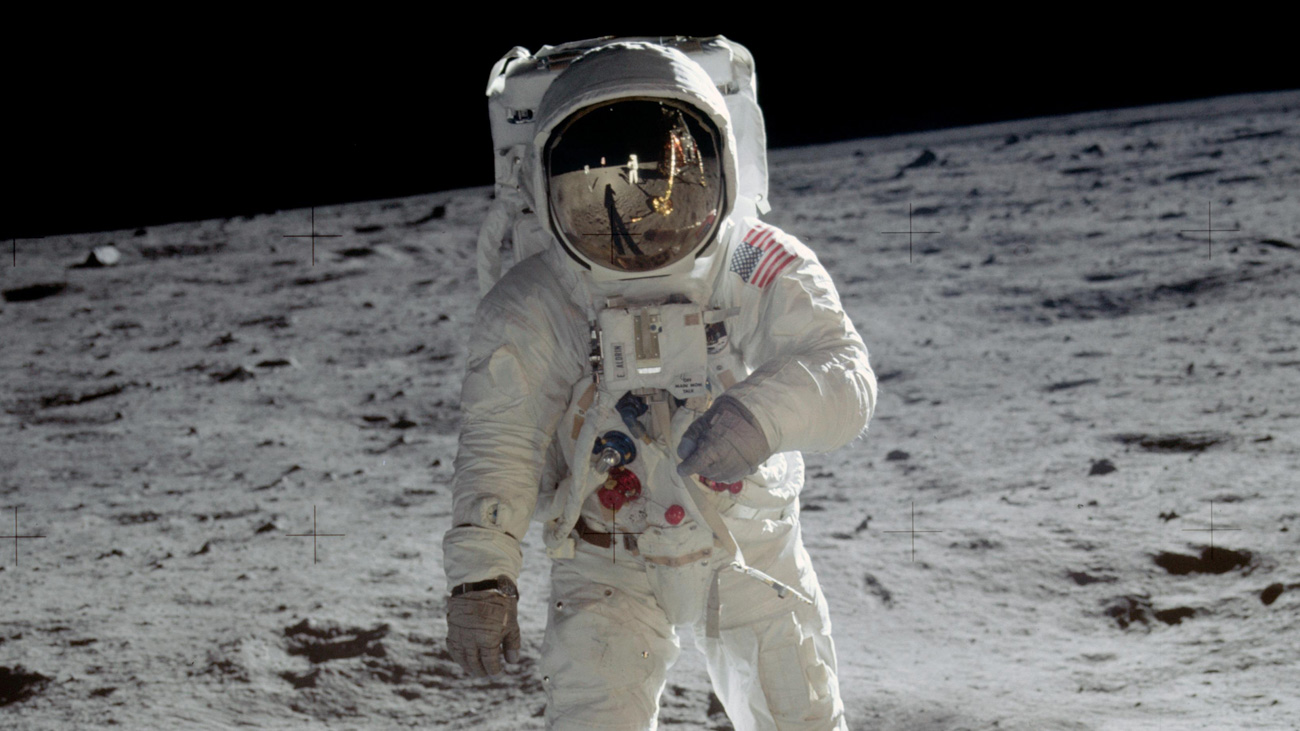
According to the press conference, 75 percent of the mission launch payload will represent Omega timepieces, and they will be ejected from the launch vehicle to land on the moon with the intention of remaining there for “future generations to discover.” That’s right, in addition to some experimental small robots and drones that will be sent to the lunar surface, NASA appears to be giving a one-way ticket to a wide selection of Omega watches that represent the brand’s current and recently produced watches — along with a number of fan favorites. According to Aeschlimann, “Now and forever, Omega will be able to claim itself as not just the watch that went to the moon, but the watchmaker whose timepieces have colonized the moon!”
To further detail mission objectives, NASA went on to explain that, in collaboration with government contractors, they are testing new heavy-payload launch capabilities: “The weight of the aggregated Omega watches we will be sending to the moon will be an enormous challenge up until the moment they are no longer in physical contact with our launch and delivery vehicle systems. The heavier our cargo is, the more fuel we need and the more geometry we need to calculate. We are trying to develop vehicles that can not only handle heavier cargo but also those whose flying geometries do not need to be carefully calibrated per the specific weight of each craft, as is the case now. Flying to space needs to be cheaper and more efficient in both time and money. Our long-term friend and partner Omega has been really supportive with this project…” NASA’s spokesperson made these remarks as Omega timepieces glimmered on the wrists of each of the members of the speaking panel.
Omega’s CEO addressed watch collectors, in particular, by adding that a special option exists for fans of the brands who have a special affinity the moonwatch. “While I can’t personally invite our community of Speedmaster fanatics to the moon,” he says, “we will soon launch a special initiative for timepiece collectors who have always dreamed of going to the moon themselves. If they can’t go, at least their watch will.” He continues to say that, “Omega will soon introduce a special limited-edition ‘Speedmaster Apollo Returns’ watch that will be available to the first 500 people who buy a ticket for an Omega watch in their personal collection to travel one-way to the moon. If I haven’t been clear, collectors can return an Omega watch they currently own to Omega, buy it a ticket to the moon, and also get a limited edition Omega Speedmaster Moonwatch to commemorate their sacrifice for future generations of Omega enthusiasts.” Omega will also give these 500 people a special mission badge certifying that a watch owned by them is sitting somewhere on the moon’s surface — all for a cost of $48,000 USD. This price includes the limited edition Speedmaster Apollo Returns watch, a set of special documentation, and collector memorabilia, as well as a ticket for an Omega watch to the moon.”
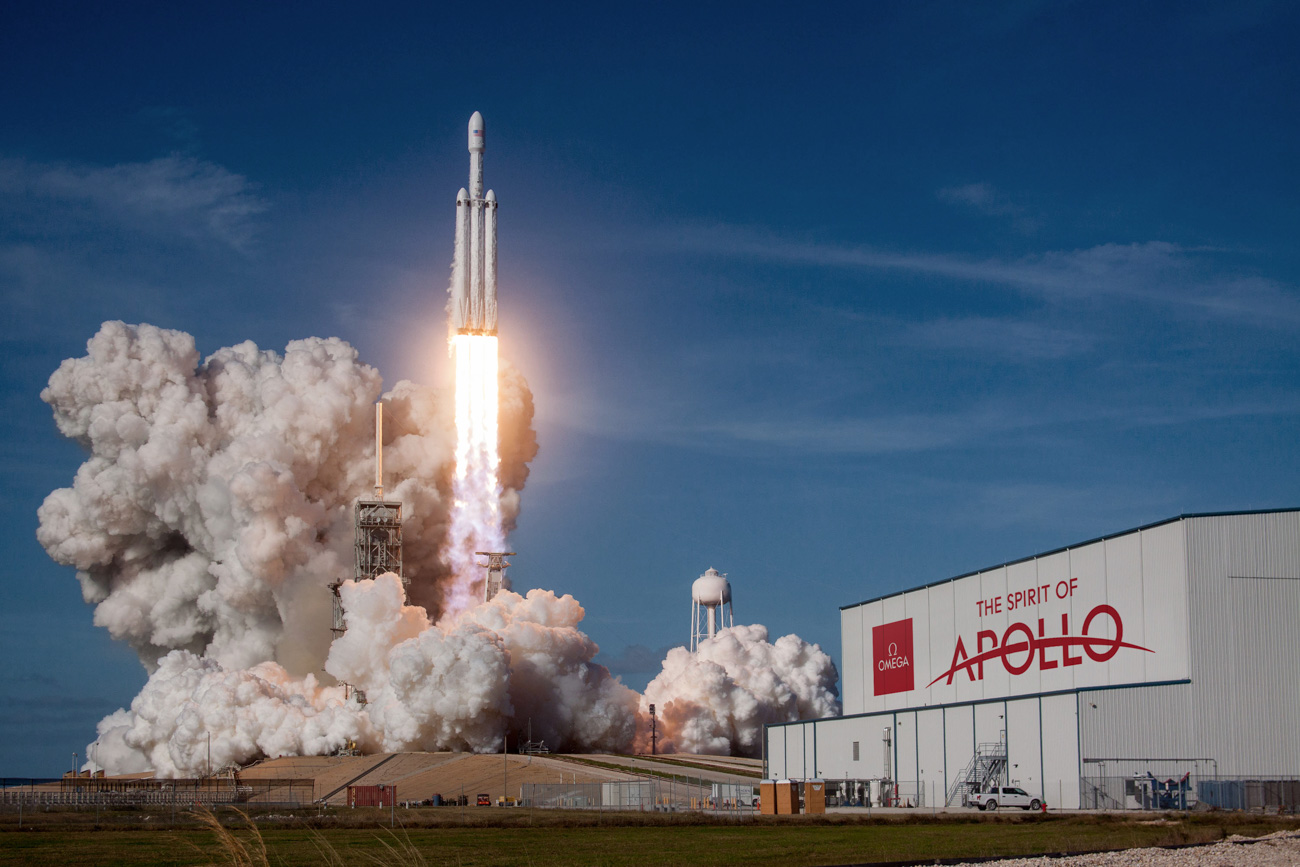
An opportunity for journalists in the room to ask questions began slowly with understandable confusion and a degree of shock clouding the otherwise quick-to-query audience. “Exactly what Omega watches will be sent to the moon? How many of them? How does Omega justify the expense of producing watches that will never be sold?” asked journalists. Mr. Hayek took the opportunity to respond by saying, “We are not constructing very many brand new watches whose intention is to be deposited on the lunar surface. We aren’t crazy!… The payload will include not only Speedmaster models but also a number of watches Omega has produced over the last few years, representing each and every model collection. Virtually everyone who has a modern Omega will be able to look at their wrist and think to themselves — a watch very much like this one is sitting far, far away on the moon! How absolutely exciting. This is the exact type of legitimacy we are giving Omega. It builds on the moon watch legacy and builds a new story for the future!”
“I’m having trouble understanding all of this, forgive me. Are you saying that Omega is giving some number of watches it has to NASA? Those watches will be launched into space via a rocket, and then using some new type of spacecraft these watches will be landed on the moon?” I’m just trying to get the facts straight. “You have the idea correct in principle,” retorted Omega. What you aren’t clear on is how the watches will reach the moon’s surface. In order to demonstrate the durability of Omega watches, they will be ejected during freefall, one by one, to land on their own somewhere on the moon. NASA engineers calculate that, with the lower gravity on the moon, the watches should land relatively unharmed. What we’ve been led to understand is that the watches will be sprinkled down like rain. We joke that Omega watches will be crop-dusted on the moon, like seeds for future ideas and passion around the brand. Omega watches have participated in some of human history’s greatest efforts. Now, Omega is ready to follow humanity off the earth. In this instance, Omega will beat human colonists to the moon, waiting there for them.”
“I’m sorry, is there a plan to colonize the moon?” asked a journalist. “No, moon colonization is still a far-off challenge but it is a dream NASA and many other teams around the world are working toward,” added NASA. Omega went on to describe how it is unknown when humans will spread their footprint permanently on the moon, but they wanted their watches to be there waiting when they do.”
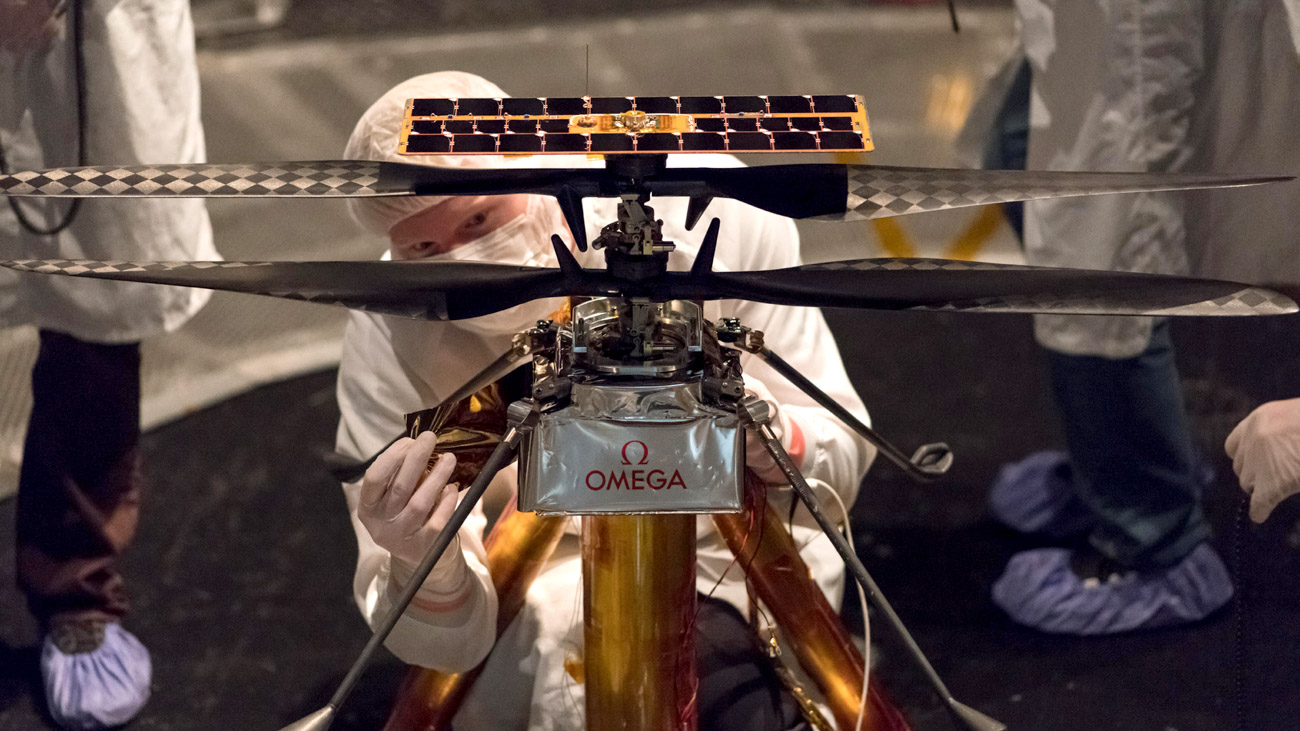
“Are you telling us that a lot of random Omega watches are going to be sitting around on the moon gathering lunar dust for possibly hundreds of years (or feasibly much longer) until someone (or something) eventually comes along to claim them?” Omega’s CEO responded with, “That isn’t the way I’d put it, but essentially you have the idea. We think once you ponder it, the romance will be evident. This initative will have impact for current Omega fans, offer creative inspiration and material for the Omega team of today and tomorrow, and also give whoever is in charge of Omega in the future a special relationship with the moon beyond something possibly then obscure, which happened in the mid-20th century. As a company, we have to look ahead as well as behind. I personally love that we have no idea what or who will discover these beautiful pieces of Swiss craftsmanship in the future. I’m sure many of them will still operate, despite being subject to the climate of space on the surface of the moon for an amount of time we cannot now predict. I’m very proud of what this will mean to Omega and the Swiss watch industry in general.”
“How many watches will Omega be spending to the moon exactly?” Details about actual launch payload remain scant but Omega added, “NASA gave us a weight and size limit to work with.” Right now, it looks to be several thousand kilos we can work with. That means potentially thousands of watches; the moon is a big place over which they can be spread. We will deliver Speedmasters, Seamasters, De Villes, Constellations… really everything Omega has been known for making over the last few decades. Most of these watches will be brand new, available to be discovered in still unused condition many years from now. Of course, the class-leading five-year Omega warranty will not apply to these future owners!,” Aeschlimann quipped with a smirk.
Questions about Omega and the Swatch Group’s investment in the “Apollo Returns” initiative (as it was soon coined in addition to the also popular “Omega moon shot”) moved to financial matters, due to the fact that everyone in the room no doubt had questions about the moon shot’s related price tag. “Is Omega paying for this? Who is paying for the watches, exactly? It just seems as though Omega is blasting off what could be hundreds of thousands of dollars in lost inventory and sales literally into space. How is this responsible?”

Omega didn’t directly respond to the question but said, “Omega is in a good position. We will not lose any major income as a result of this. The watches we will be donating for the purpose of going into space have been already produced. We are not asking our manufacturing workers to put love into watches that are not intended to be worn on wrists.” The audience of journalists paused to consider this response before seemingly accepting the vague answer, still in palpable shock at the prospect of sending potentially millions of dollars of inventory to the moon. Moving on, someone asked, “I’m playing the devil’s advocate here for a moment; tell me why shooting watches into space and on the moon isn’t just about depositing fancy space junk. Is this responsible? Tell me why this isn’t just lunar littering?”
Mr. Hayek joined in again to suggest, “One man’s junk is another man’s treasure. We can debate here all day whether or not touching the environment is ethical. What I can say is that, unlike the earth, there is no eco-system or life of any kind of the moon to disturb. The moon will have some new items all over it, and yes they will be Omega watches. I don’t consider them ‘lunar litter,’ but that is a good term. We should use it in the future. Thank you for your question.”
The press conference ended with remaining questions still in the air. The Swatch Group and Omega, along with NASA promised additional answers in the coming weeks. After the joint press conference, selected Omega retailers and collectors mingled with journalists while everyone tried to make the most sense out of Omega’s surreal-sounding announcement. Despite questions over ethics, practicality, and the sheer scale of the proposed “Omega moon shot” there was a very real sense that everyone in the room harbored that idea that someday owning a watch that has been to the moon and back seemed “pretty cool.”
A particularly vocal Omega authorized dealer shared his take Omega’s motivation and success with NASA as he spoke with a beaming smile on his face: “I’ve been telling them for years to keep putting watches on the big boys at NASA. For over 50 years, Omega has done its job keeping the relationship with NASA alive and well. No other watch company could have pulled this off. My customers are going to be asking questions and discussing the Apollo Returns program for years. This is a great day for Omega.”
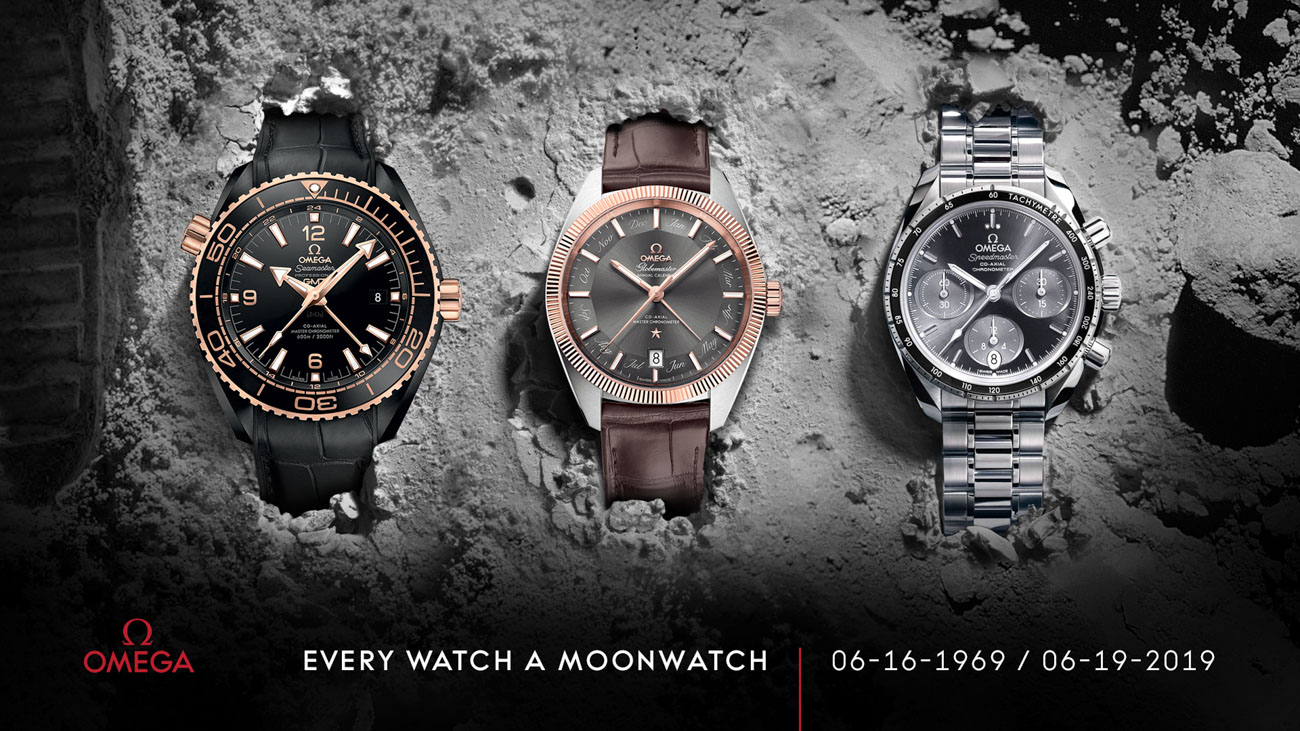
Another retailer added more soberly that Omega’s real victory here has little to do with science and more to do with a dramatic solution to a very earthly problem: what do with the large volume of unsold timepieces Omega has been producing but has been unable to sell to end consumers for years. Continues the retailer: “It isn’t that consumers aren’t attracted to what Omega has been releasing over the last decade or so. Not at all. Instead, people outside the watch industry need to understand that Omega has simply produced more watches than there are customers for. Retailers such as myself have battled with the highly discounted prices consumers can find brand new Omega watches for online advertised for. That’s happening because there are more watches than there are customers out there. If you are someone who likes timepieces, you’ve got more products available to purchase than you’ll ever be able to wear, and with a dizzying spectrum of discounts. As far as I’m concerned, the less unsold Omega watches out there the better. The Apollo Returns program not only has the chance of getting a new generation of luxury consumers interested in a storied brand, but it also has the potential of re-setting the playing field that currently has too much product floating around.”
Other luxury brands, even some who produce fine timepieces, have pledged to reduce stocks of older, unsold products. Sometimes companies do this through dramatic means such as dismantling or even burning those products (typically with poor public response, despite the wisdom of decreasing inventories). The question of how to keep product exclusivity high while also maintaining as high as possible sales figures remains a challenge in today’s luxury market. For Omega, it seems the solution is as grand as the brand’s image of itself. Today’s unsold stock — that may otherwise provide for very pretty warehouse decoration — can be tomorrow’s legacy by being shot into space. Few companies could ever pull off such a gambit, but in an era in which competition for emotionally charged luxury watches is beyond fierce, Omega’s plan to populate our moon with its timepieces for the 50th anniversary of the Apollo 11 moon landing will be tough to beat.
Happy April Fools’ Day 2019